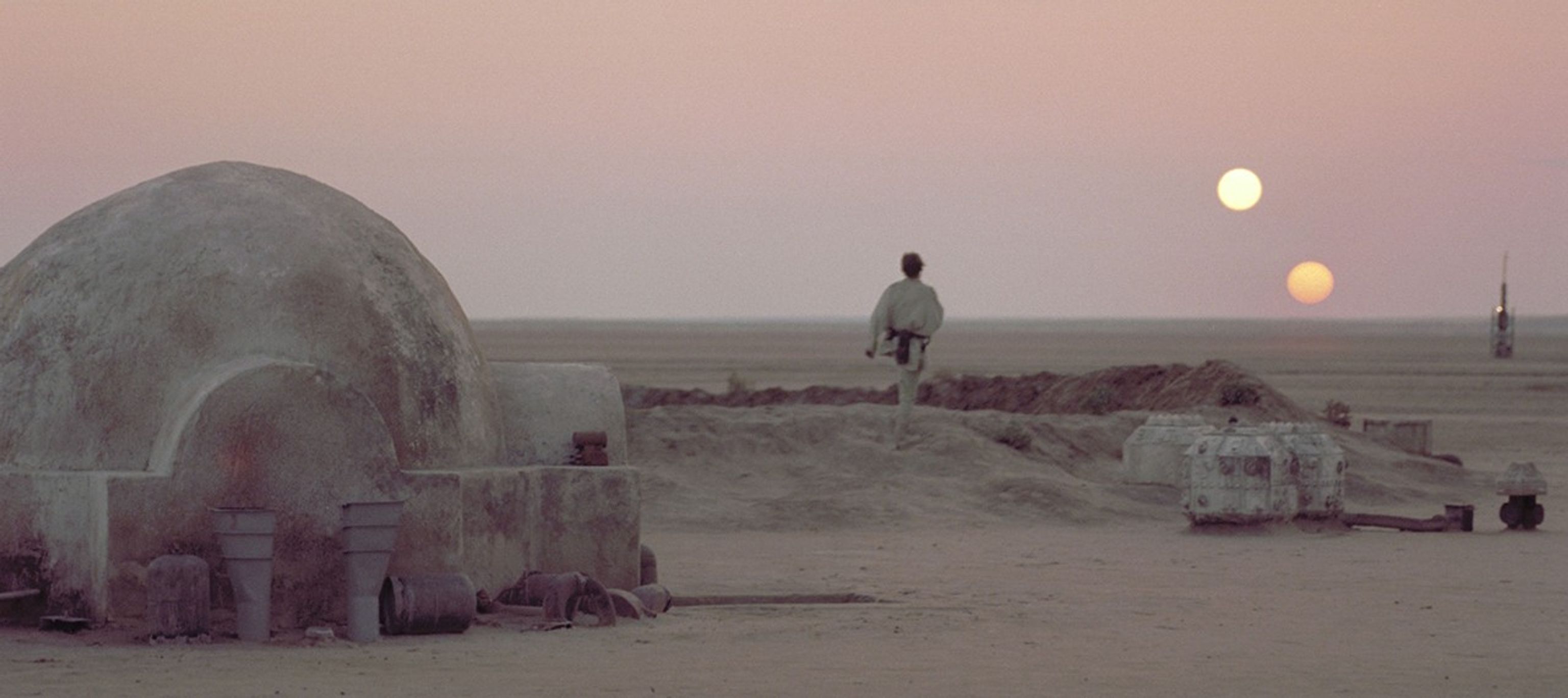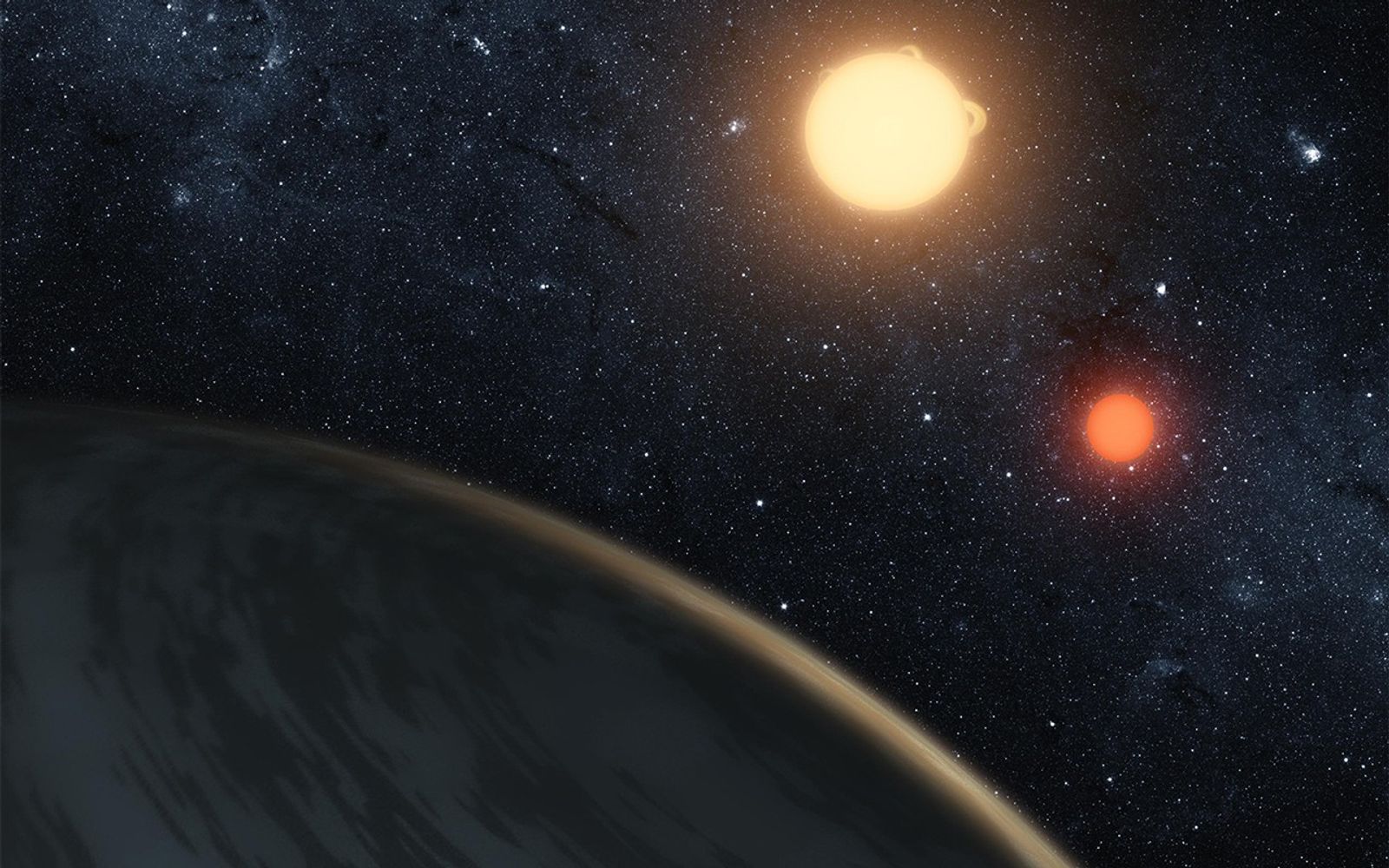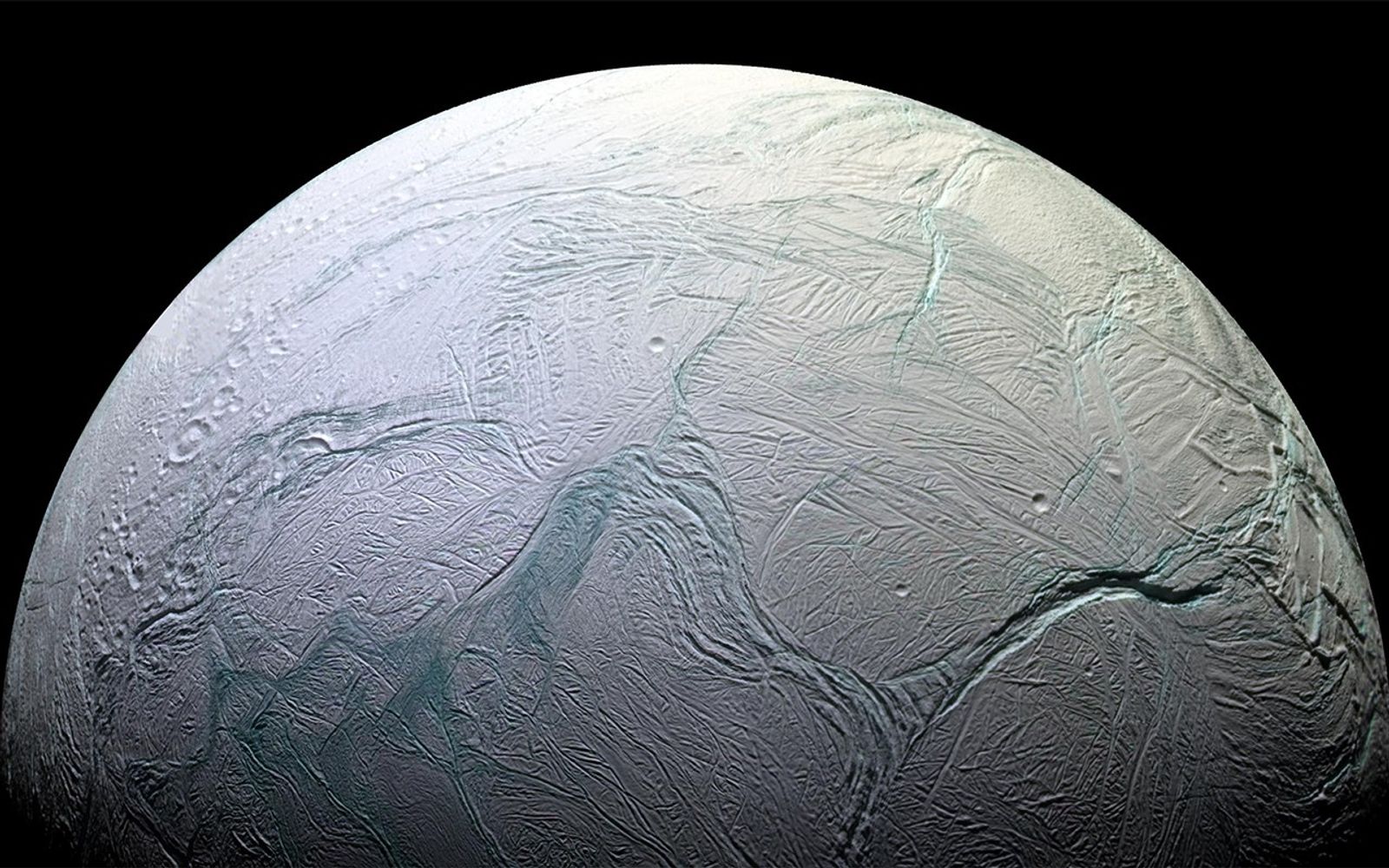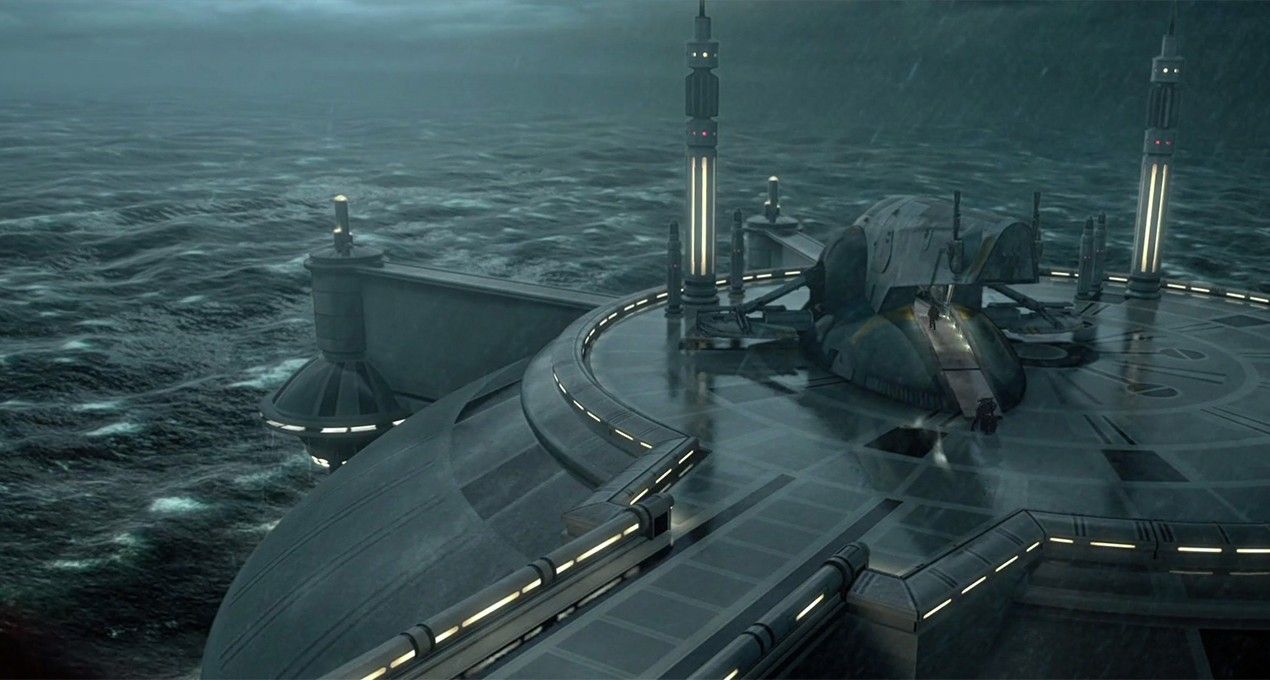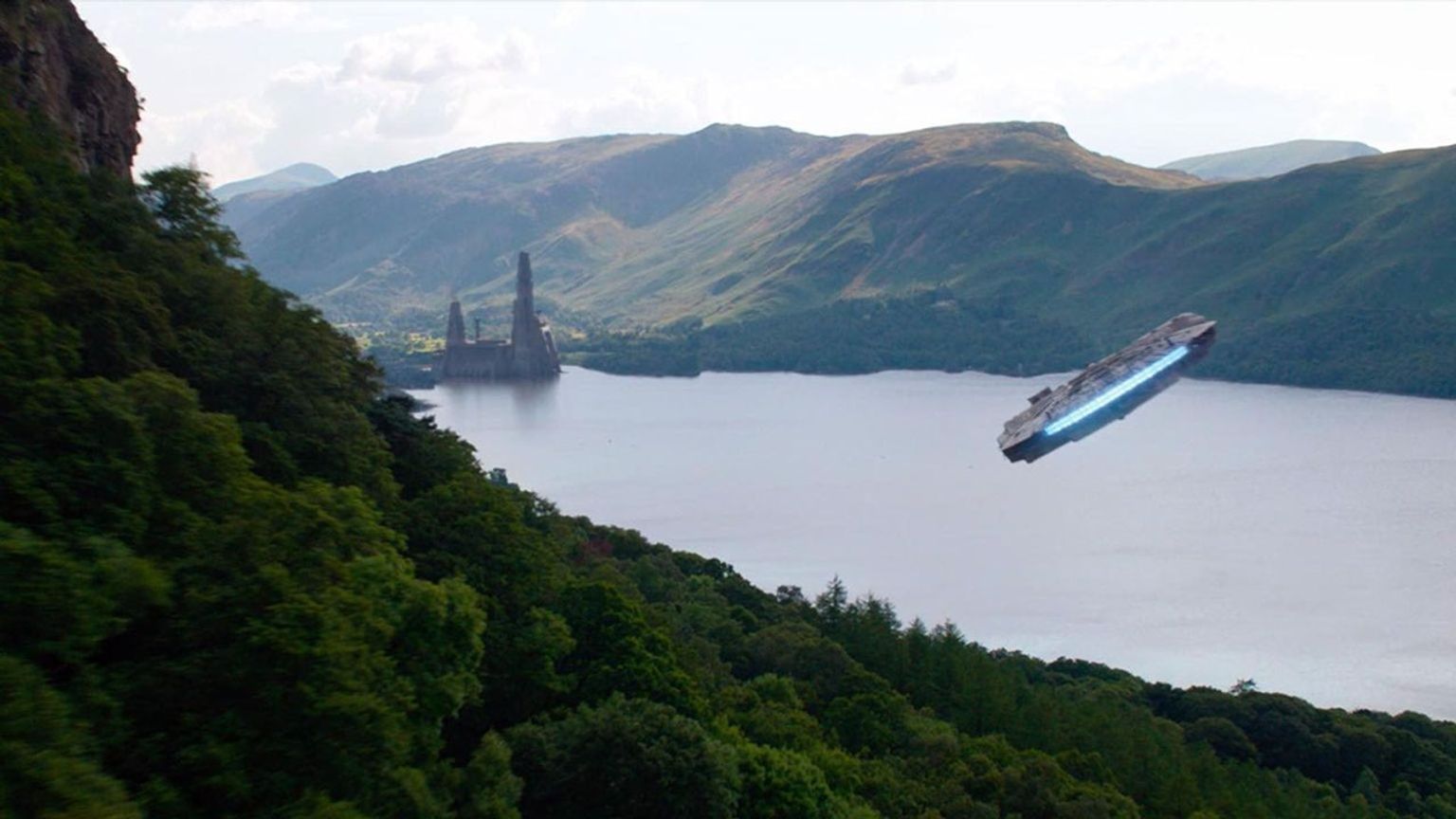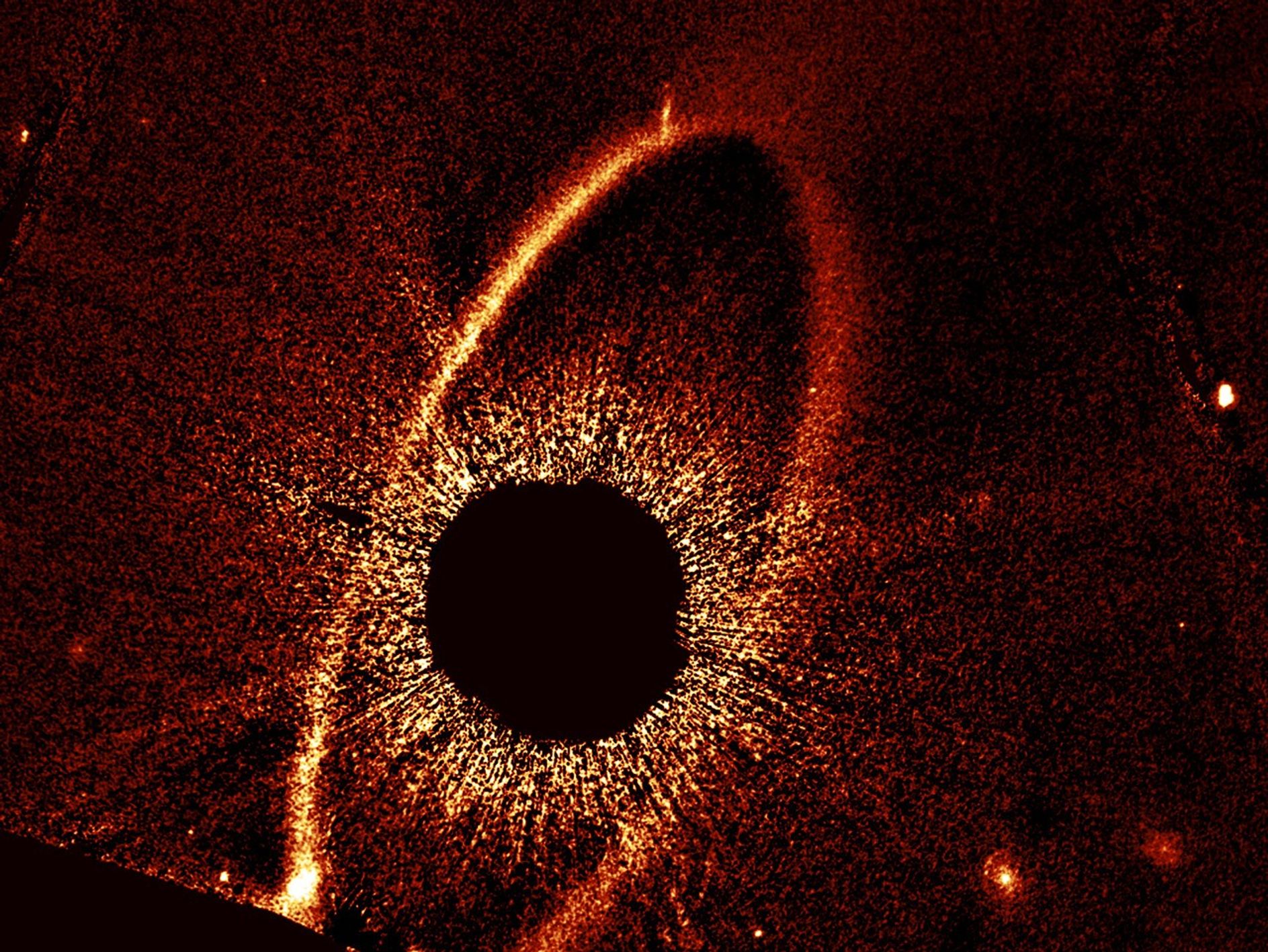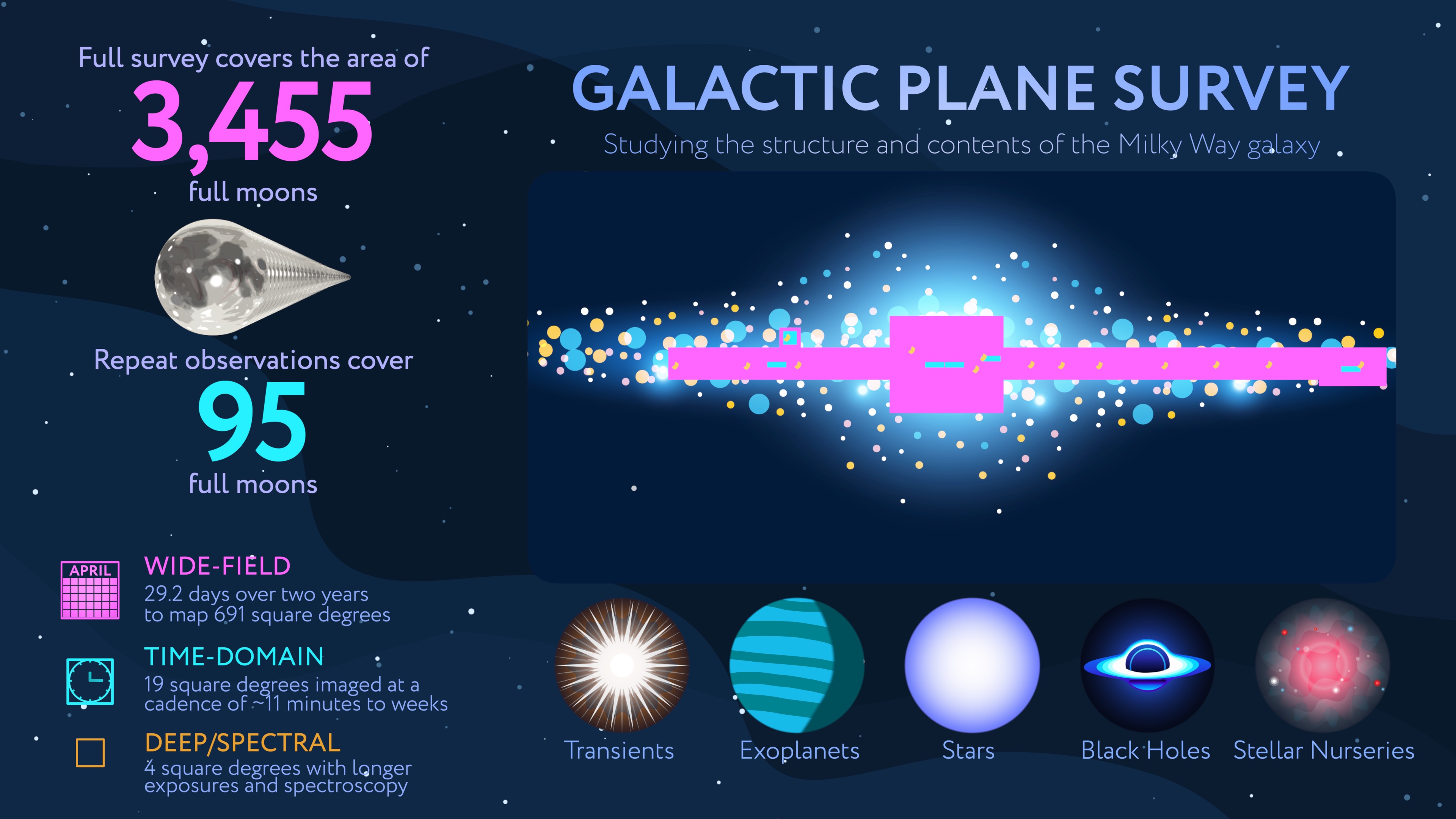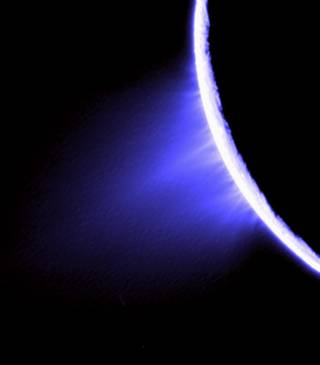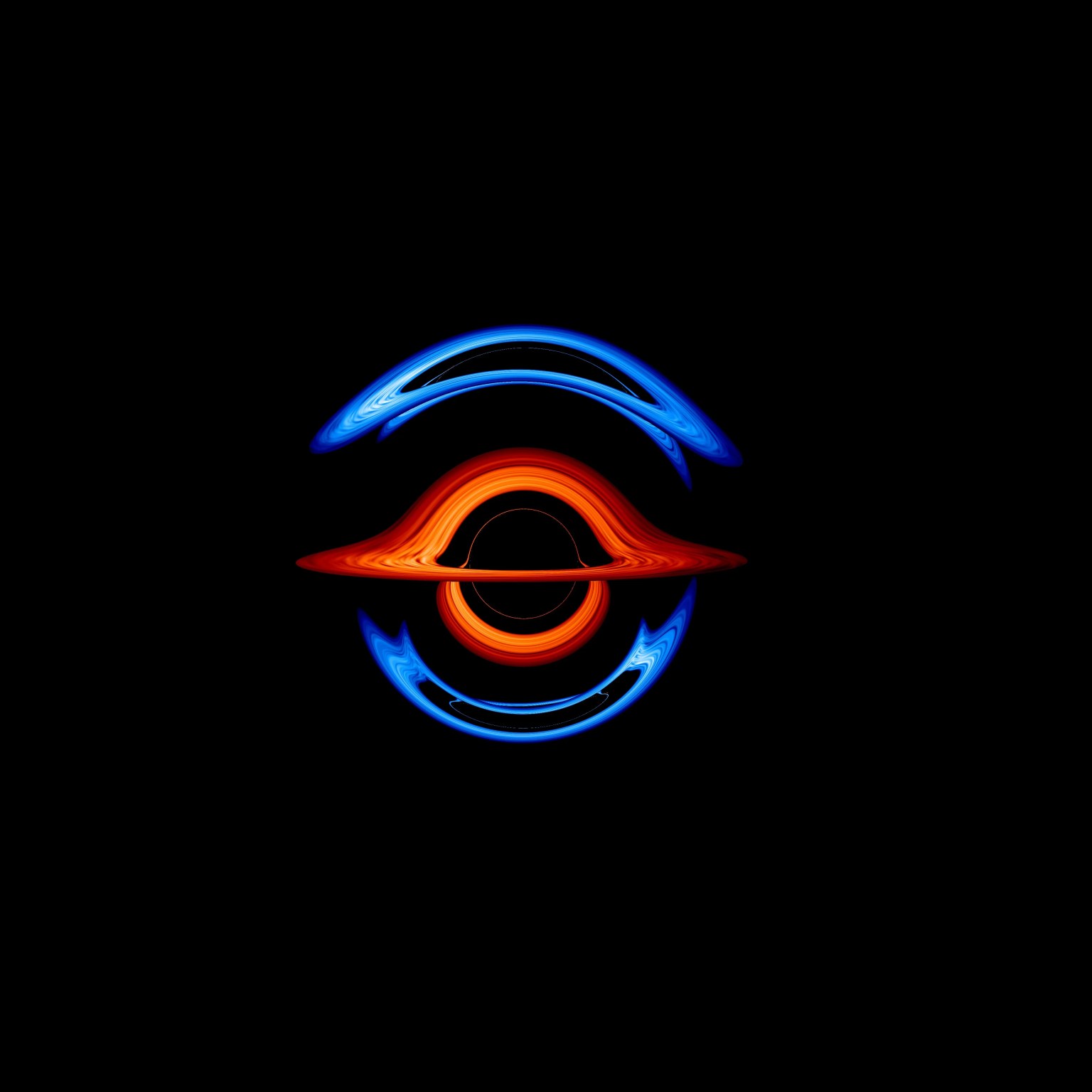In the "Star Wars" universe, ice, ocean and desert planets burst from the darkness as your ship drops out of light speed. But these worlds might be more than just science fiction.
Some of the planets discovered around stars in our own galaxy could be very similar to arid Tatooine, watery Scarif and even frozen Hoth, according to NASA scientists.
Sifting through data on the more than 4,100 confirmed alien worlds, scientists apply sophisticated computer modeling techniques to tease out the colors, light, sunrise and sunsets we might encounter if we could pay them a visit.
Some of these distant worlds are even stranger than those that populate the "Star Wars" films. And others are eerily like the fictional planets from a galaxy far, far away.
Planets with double suns
Tatooine
A real planet in our galaxy reminded scientists so much of Luke Skywalker’s home planet, they named it “Tatooine.” Officially called Kepler-16b, the Saturn-sized planet is about 200 light-years away in the constellation Cygnus. The reality of its two suns was so startling, George Lucas himself agreed to the astronomers’ nickname for the planet.
“This was the first honest-to-goodness real planetary system where you would see the double sunset as two suns,” said Laurance Doyle, an astrophysicist with the Search for Extraterrestrial Intelligence Institute and Director of the Institute for the Metaphysics of Physics, who discovered the planet using NASA’s Kepler space telescope in 2011.
Each sunset would be unique, because the stars are always changing their configuration. Building a sundial would require calculus. Kepler-16b is now thought to be a gas giant like Saturn. Prospects for life on this unusual world aren't good, as it has a temperature similar to that of dry ice. But the discovery indicates that the movie's iconic double-sunset is anything but science fiction.
Astronomers have discovered that about half of the stars in our Milky Way galaxy are pairs, rather than single stars like our Sun. So while Kepler-16b, aka Tatooine, is probably too cold and gaseous to be home to life, or a hopeful desert farm boy, it’s a good bet that there might be a habitable Tatooine “twin” out there somewhere.
Desert worlds
Jakku, Jedha
George Lucas has a fondness for desert planets, and at least one NASA scientist thinks he’s on the right track.
“Desert planets are possible. We have one right here in our solar system in Mars. We think desert planets elsewhere could be even more habitable than Mars is,” said Shawn Domagal-Goldman, an astrobiologist at NASA’s Goddard Space Flight Center in Greenbelt, Maryland.
He likes Lucas’ proliferation of arid worlds because he believes it might reflect the galaxy in which we live.
“The recurring theme of desert worlds in Star Wars is really interesting, because there is some research that shows that these would be likely habitable worlds to find,” said Domagal-Goldman, who is, among other things, a climate scientist.
Desert worlds are not only a very real possibility, but they are probably very common, he said. They could be hot, like Tatooine and Jakku, or cold, like Mars and Jedha in “Rogue One.”
“The lack of water on a desert planet might be what makes it more habitable. Water amplifies changes to climates and can cause planets to end up being really hot like Venus, or really cold like Europa,” said Domagal-Goldman.
Ice planets
Hoth
There is a world named Hoth in our galaxy — an icy super-Earth discovered in 2006. It reminded scientists so much of the frozen Rebel base they unofficially nicknamed it after the planet that appears in "The Empire Strikes Back." The planet's scientific designation is OGLE 2005-BLG-390L, after the Optical Gravitational Lensing Experiment (OGLE) that found it.
Our galaxy’s Hoth is too cold to support life as we know it. But life may evolve under the ice of a different world, or a moon in our solar system. On Earth, it’s been found inside volcanoes, deep ocean trenches, even the frozen soil of Antarctica.
NASA is currently designing a Europa mission to look for life under the crust of Jupiter’s icy moon Europa. And Saturn’s moon Enceladus also contains an underground ocean that could harbor alien life.
Ocean worlds
Kamino, Scarif
For the scientists who characterize exoplanets, the most important planet to study is Earth—the only known planet with life. And life on Earth began in the ocean.
“We need Earth climate science to help us understand planetary habitability and the potential diversity of life on exoplanets,” said astrobiologist Nancy Kiang, a research scientist at NASA’s Goddard Institute for Space Studies. As an astrobiologist, her job is to model the kind of plant life that might exist on planets around other stars—also known as exoplanets.
We haven’t confirmed the existence of ocean worlds like the perpetually rainy Kamino in “Attack of the Clones,” or worlds with oceans, like the beachy Scarif from “Rogue One.” But we have found frozen ocean worlds in our solar system, in the moons Europa and Enceladus.
We may even be able to glimpse an ocean on an exoplanet in the not-so-distant future.
“Ocean glint can be detected over large distances,” said Victoria Meadows, a professor at the University of Washington and director of the NASA Astrobiology Institute's Virtual Planetary Laboratory.
Such a glint was first observed reflecting from the liquid methane seas on Titan, the largest moon of Saturn.
Forest worlds
Endor, Takodana
Both the forest moon of Endor, from “Return of the Jedi,” and Takodana, the home of Han Solo’s favorite cantina in “The Force Awakens,” are green like our home planet. But astrobiologists think that plant life on other worlds could be red, black, or even rainbow-colored.
In 2016, astronomers from the European Southern Observatory announced the discovery of Proxima Centauri b, a planet only four light-years away from Earth, which orbits a tiny red star.
“The star color would be peachy to the human eye,” Meadows said. “And the planet would appear dark purple to light purple, looking at it from a spacecraft.” From the surface of Proxima b, the sky would appear to be periwinkle.
The light from a red star, also known as an M dwarf, is dim and mostly in the infrared spectrum, as opposed to the visible spectrum we see with our Sun. The planet also doesn’t have sunrises or sunsets like Earth: one side always faces its sun.
“If you have photosynthetic organisms, they would always get fixed amounts of light all the time. It would be a permanent sunset around the planet. You would see a gradation of color,” Kiang said.
Just as seaweed changes color from green to dark brown as you dive deeper into the ocean, plants on a red dwarf planet may brilliantly change color from the day side to the night side.
And that could mean rainbow plant life.
Inhabited worlds
Just about any 'Star Wars' planet
In the "Star Wars" universe, Lucas and company envision scores of worlds bustling with intelligent beings. In our galaxy, we know of only one such world so far—Earth. But NASA exoplanet scientists think we have a fighting chance of finding life beyond our solar system.
The Transiting Exoplanet Survey Satellite (TESS) launched in 2018 and NASA's James Webb Space Telescope will attempt to determine what’s in the atmospheres of other planets after its launch. Then, in the next decade, the Nancy Grace Roman Space Telescope will bring us images of exoplanets around sun-like stars.
That’s one step closer to finding life.
“The idea of life on other planets resonates with people on a very personal level,” Doug Hudgins, NASA’s program scientist for exoplanet exploration, said of the "Star Wars" films enduring popularity. “They portray this image of a universe that is teeming with life.”
“We are at our heart explorers," he said. “We want to know what’s out there. Through the imaginings of George Lucas and Gene Roddenberry, we get to feel for a bit of time like we really can go out and explore the stars.”






























